Precision, power,
and unmatched excitement
Formula 1
Experience the thrill of high-speed racing and cutting-edge technology on the world's most iconic circuits.
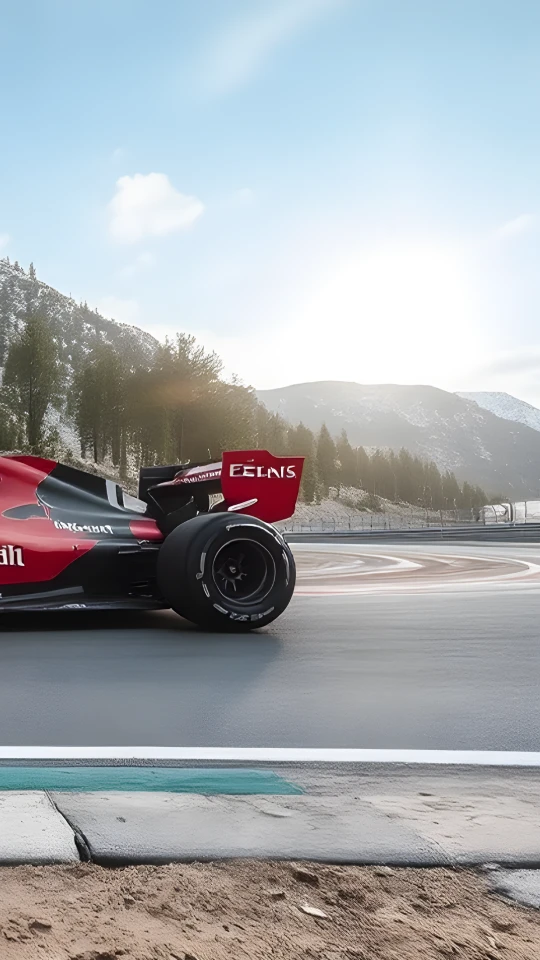

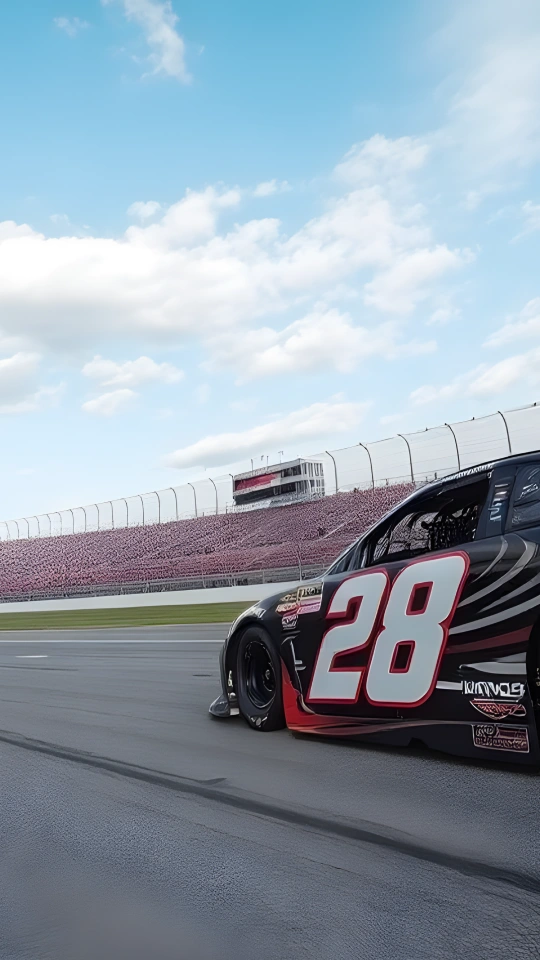


SCROLL VH
The Evolution of Speed and Technology
From Beginnings to Modern Marvels
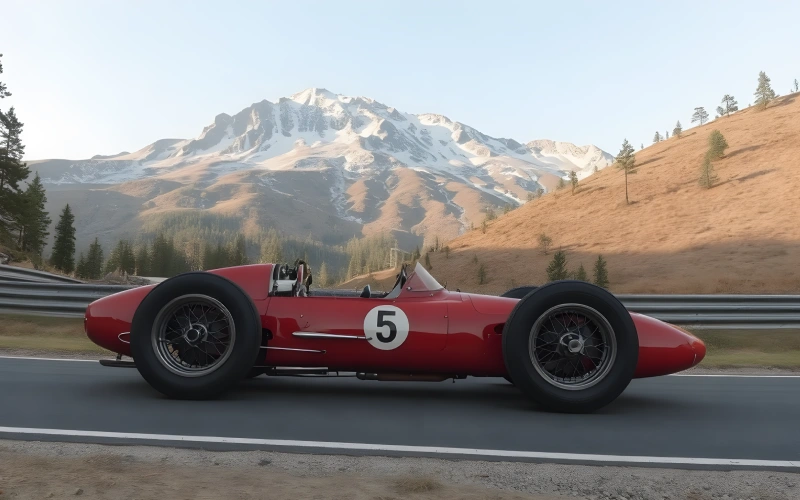
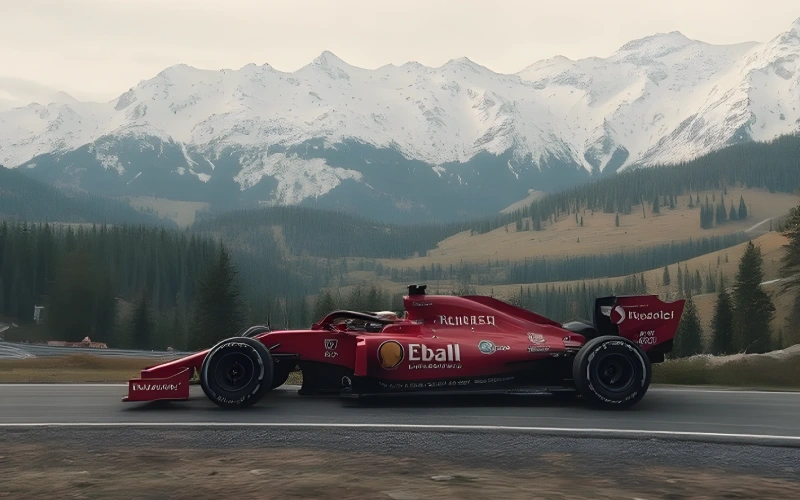
Formula 1 has come a long way since its inaugural championship race in 1950, held at the iconic Silverstone Circuit in England. The early years were defined by a raw and unfiltered passion for speed, where cars like the Alfa Romeo 158 dominated the grid. These machines were relatively simple, relying on mechanical prowess and driver courage rather than the cutting-edge technology we associate with the sport today. Drivers wore leather caps instead of helmets, and safety barriers were often non-existent, highlighting the sheer risk involved. As the decades unfolded, the sport became a fertile ground for innovation. The 1960s saw the introduction of mid-engine cars, a revolutionary shift that transformed the dynamics of racing. The 1970s brought about the advent of ground effect aerodynamics, pioneered by teams like Lotus, allowing cars to generate unparalleled downforce and cornering speed. Alongside these advancements, safety standards improved, with the introduction of fire-resistant suits, crash barriers, and mandatory seat belts. The 1980s and 1990s marked an era of turbocharged engines and fierce rivalries, epitomized by battles between legends like Ayrton Senna and Alain Prost. Cars became faster and more sophisticated, with onboard telemetry and electronic aids becoming crucial to success. This period also saw the birth of the modern F1 aesthetic, with sleek designs and sponsorship liveries that made the sport a global phenomenon. Entering the 21st century, Formula 1 embraced a new wave of technological advancements, including hybrid power units and advanced energy recovery systems. Cars are now designed with wind tunnel precision, featuring intricate aerodynamics and lightweight materials like carbon fiber. Simultaneously, the sport has prioritized safety, introducing the Halo device to protect drivers from serious head injuries and continuously refining crash test standards. Today, Formula 1 is a blend of human skill and technological brilliance, a showcase of what happens when engineering meets the relentless pursuit of excellence. Each era has built upon the last, pushing the boundaries of what is possible and cementing Formula 1's place as the pinnacle of motorsport innovation and performance.
Formula 1 has evolved dramatically since its first race in 1950n at Silverstone. The early years featured mechanically simple cars and minimal safety measures, where raw driver skill and courage were key. By the 1960s, mid-engine designs revolutionized the sport, followed by ground effect aerodynamics in the 1970s, enabling unprecedented speed and control. The 1980s and 1990s brought turbocharged engines, onboard telemetry, and iconic rivalries like Ayrton Senna vs. Alain Prost, while safety measures such as crash barriers and fire-resistant suits improved driver protection. In the 21st century, F1 embraced hybrid power units, energy recovery systems, and advanced aerodynamics, making cars faster, safer, and more efficient. Today, Formula 1 stands as the ultimate combination of human skill and cutting-edge technology, with each era pushing the boundaries of innovation and performance.
Icons of the Track
The Teams and Drivers
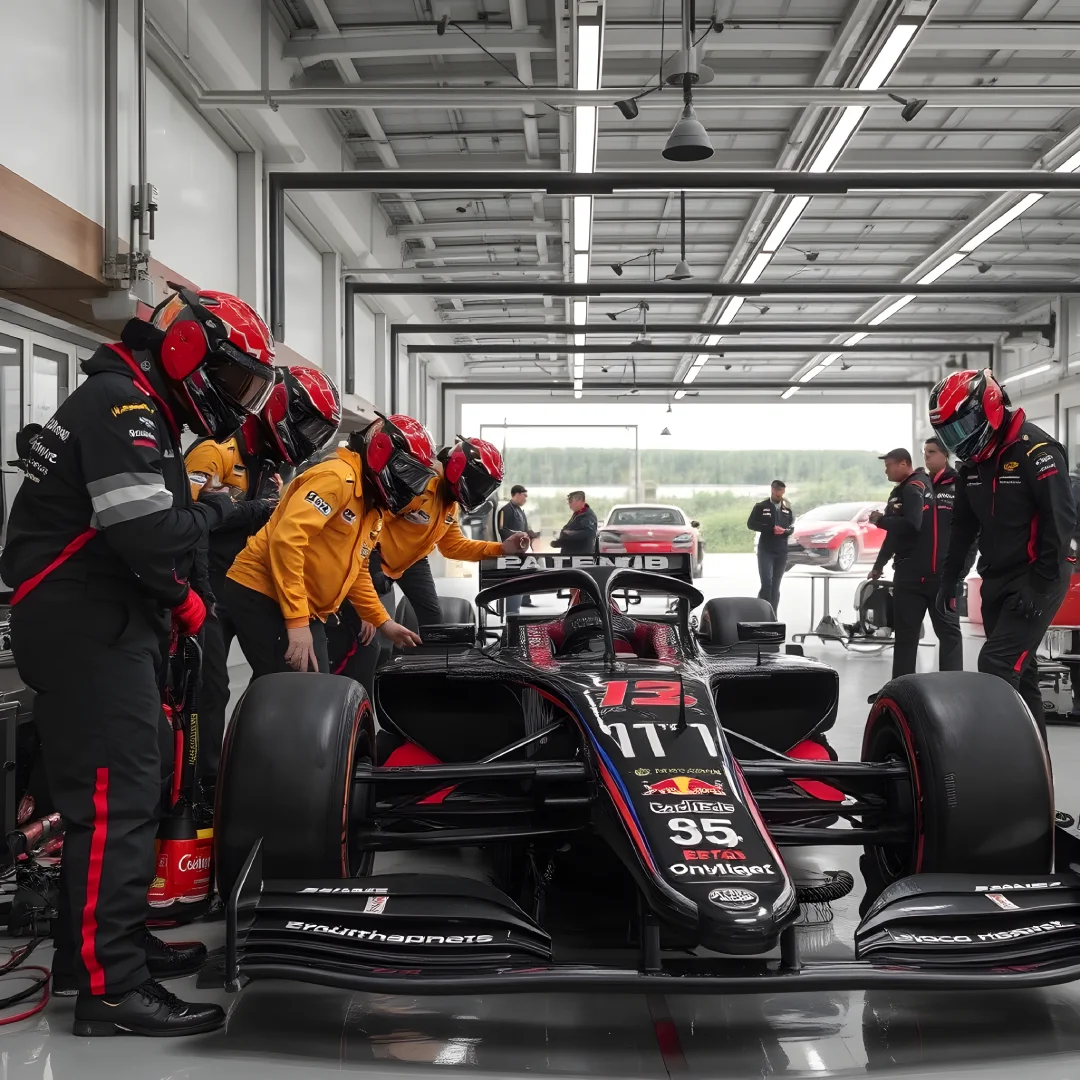
A Battle of Strategy, Skill, and Precision
Formula 1 is more than just cars—it's a battle of brilliant minds and fearless drivers. Teams like Ferrari, Mercedes, and Red Bull bring cutting-edge innovation, while drivers like Lewis Hamilton and Ayrton Senna have become legends on the track. In Formula 1, every second counts. From pit stop strategies to daring overtakes, the drama unfolds at every turn. Witness rivalries, nail-biting finishes, and the relentless pursuit of the championship title.